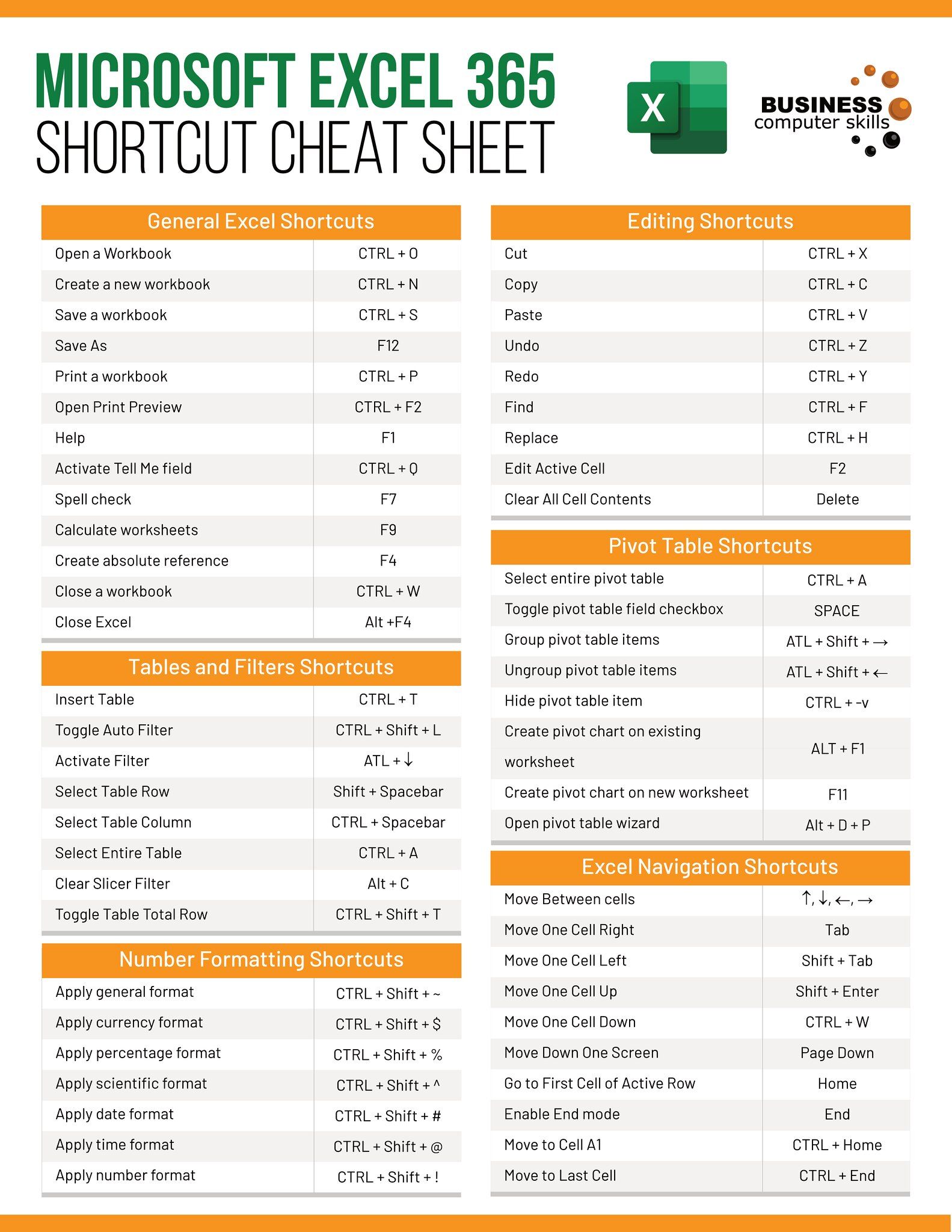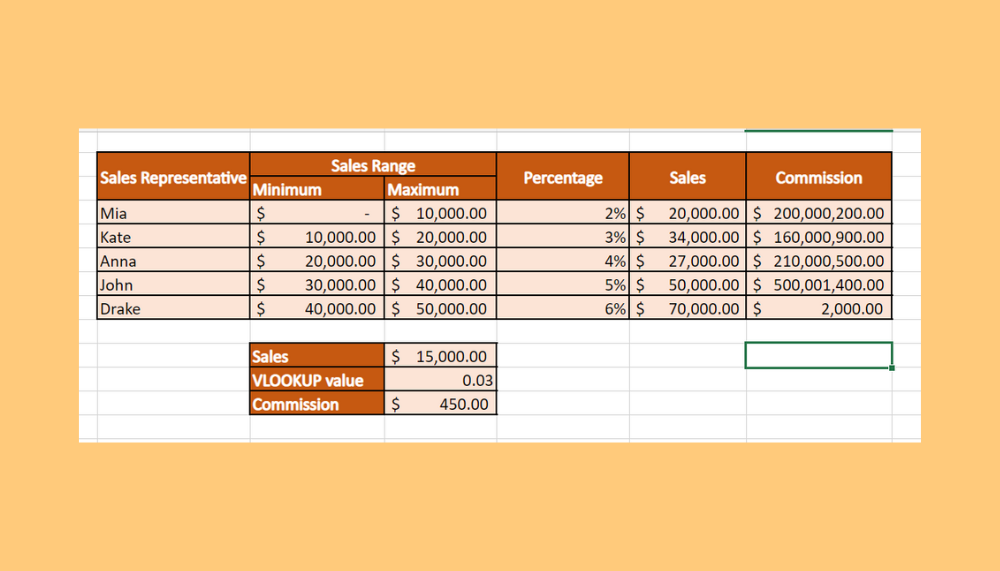5 Ways To Average Percentages

Understanding Percentages

Percentages are a way to express a value as a fraction of 100. They are commonly used to represent proportions, such as the percentage of students who passed a test or the percentage of a budget allocated to a particular department. When working with percentages, it’s often necessary to calculate the average of multiple percentages. However, averaging percentages can be tricky, and there are different methods to do so, depending on the context and the type of data being analyzed.
Method 1: Simple Arithmetic Mean

The simplest way to average percentages is to add them up and divide by the number of percentages. This method is suitable when the percentages are all based on the same total value. For example, if you want to calculate the average percentage of students who passed a test in three different classes, you can add up the percentages and divide by 3.
- Add up the percentages: 80 + 70 + 90 = 240
- Divide by the number of percentages: 240 ÷ 3 = 80
Method 2: Weighted Average

When the percentages are based on different total values, a simple arithmetic mean may not be accurate. In such cases, a weighted average is more suitable. This method takes into account the relative importance or weight of each percentage. For example, if you want to calculate the average percentage of sales from three different regions, you can use a weighted average based on the total sales from each region.
| Region | Sales | Percentage |
|---|---|---|
| North | 1000 | 20% |
| South | 500 | 30% |
| East | 2000 | 25% |

To calculate the weighted average, you multiply each percentage by its corresponding weight (total sales), add up the results, and divide by the total weight.
- North: 20% × 1000 = 200
- South: 30% × 500 = 150
- East: 25% × 2000 = 500
- Add up the results: 200 + 150 + 500 = 850
- Divide by the total weight: 850 ÷ 3500 = 24.29%
Method 3: Geometric Mean

The geometric mean is a method used to average percentages when the data is skewed or has extreme values. This method is suitable when the percentages are based on different total values, and you want to reduce the impact of extreme values. For example, if you want to calculate the average percentage of returns on investment from three different assets, you can use the geometric mean.
- Convert the percentages to decimal form: 0.10, 0.20, 0.05
- Calculate the product of the decimals: 0.10 × 0.20 × 0.05 = 0.001
- Take the nth root of the product (where n is the number of percentages): ∛0.001 = 0.1
- Convert the result back to a percentage: 0.1 × 100 = 10%
Method 4: Harmonic Mean

The harmonic mean is a method used to average percentages when the data is based on rates or ratios. This method is suitable when you want to reduce the impact of extreme values and give more weight to smaller values. For example, if you want to calculate the average percentage of failure rates from three different machines, you can use the harmonic mean.
- Convert the percentages to decimal form: 0.05, 0.10, 0.20
- Calculate the sum of the reciprocals: 1⁄0.05 + 1⁄0.10 + 1⁄0.20 = 20 + 10 + 5 = 35
- Divide the number of percentages by the sum of the reciprocals: 3 ÷ 35 = 0.0857
- Convert the result to a percentage: 0.0857 × 100 = 8.57%
Method 5: Median

The median is a method used to average percentages when the data is not normally distributed or has outliers. This method is suitable when you want to reduce the impact of extreme values and give more weight to the middle values. For example, if you want to calculate the average percentage of customer satisfaction from three different surveys, you can use the median.
- Arrange the percentages in order: 70%, 80%, 90%
- Find the middle value: 80%
📝 Note: The choice of method depends on the context and the type of data being analyzed. It's essential to understand the characteristics of the data and the purpose of the analysis to select the most suitable method.
As we’ve seen, there are different methods to average percentages, each with its own strengths and weaknesses. By understanding the context and the type of data being analyzed, you can choose the most suitable method to calculate the average percentage. Whether you’re working with simple arithmetic means, weighted averages, geometric means, harmonic means, or medians, the key is to select the method that best represents the data and provides the most accurate results. Ultimately, the goal is to provide a clear and accurate representation of the data, and by using the right method, you can make informed decisions and drive meaningful insights.



